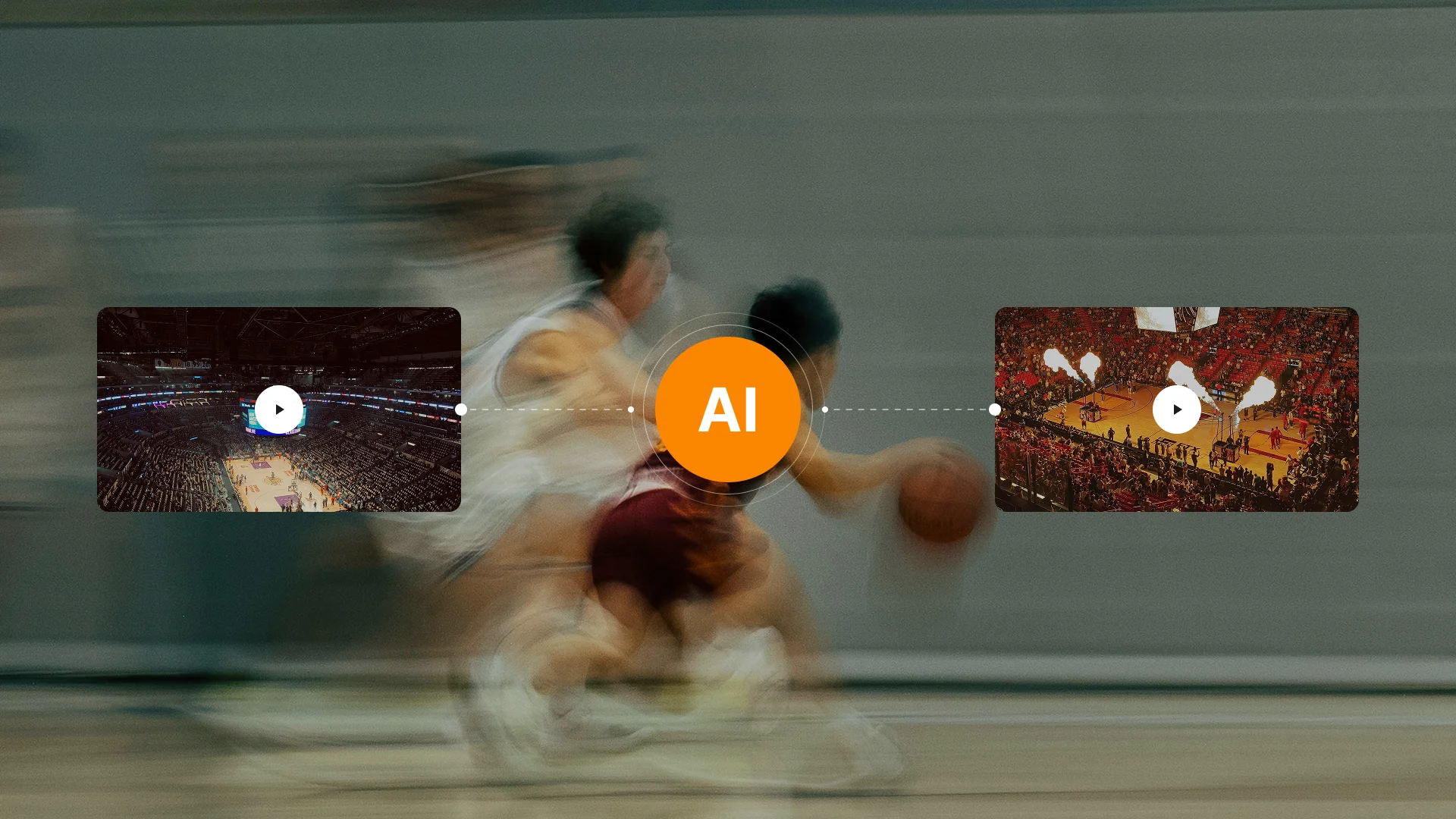The story began with a HealthTech company in Illinois that provided outpatient therapy and billing solutions for small medical practices. For nearly two decades, their core product — a desktop system built on VB6 and classic WinForms — had quietly run the administrative backbone of hundreds of clinics. It worked, but it was stuck in the past.
Having led the company’s engineering since 2000, David M., the VP of Engineering, partnered with Devox Software to modernize a long-standing VB6/WinForms healthcare platform. He needed an experienced engineering partner with deep expertise in legacy systems — one that could navigate the complexities of outdated desktop architectures while ensuring business continuity.
Applying our unique engineering approach and AI Code Assistants, we first brought the familiar WinForms interface onto .NET 8 to keep everything stable and familiar, then began shaping a new, more flexible design through Avalonia and MAUI prototypes for the future.











